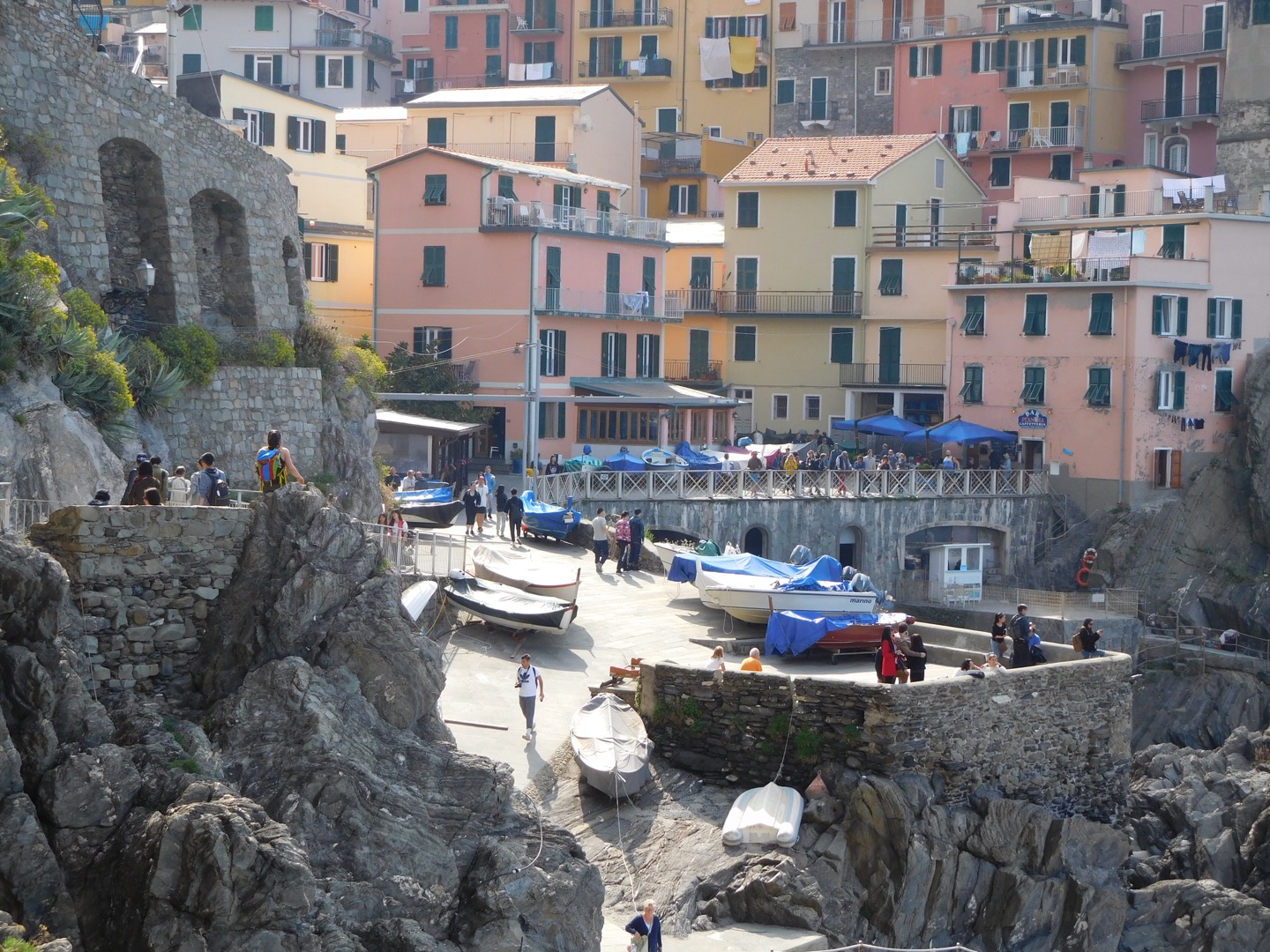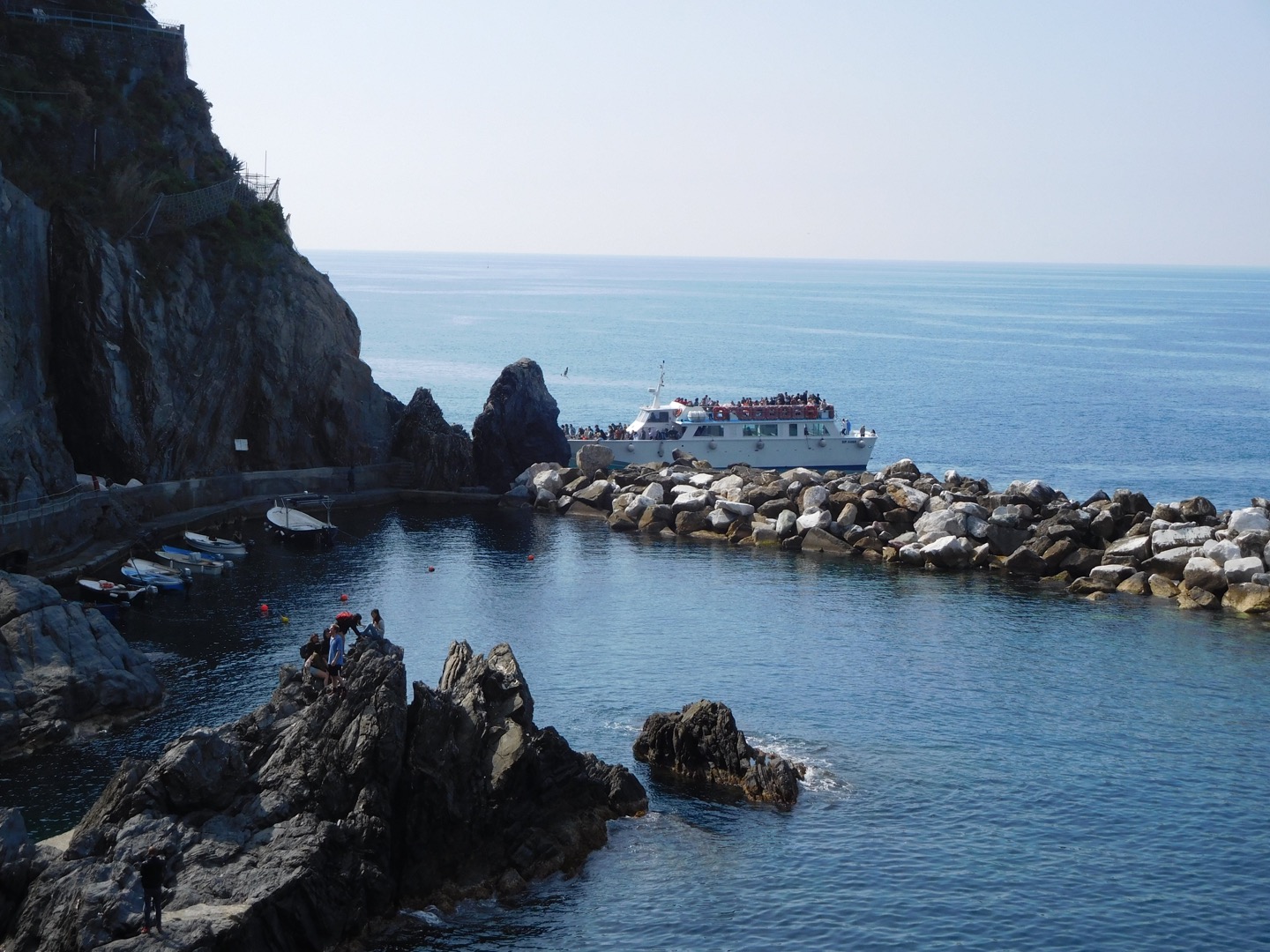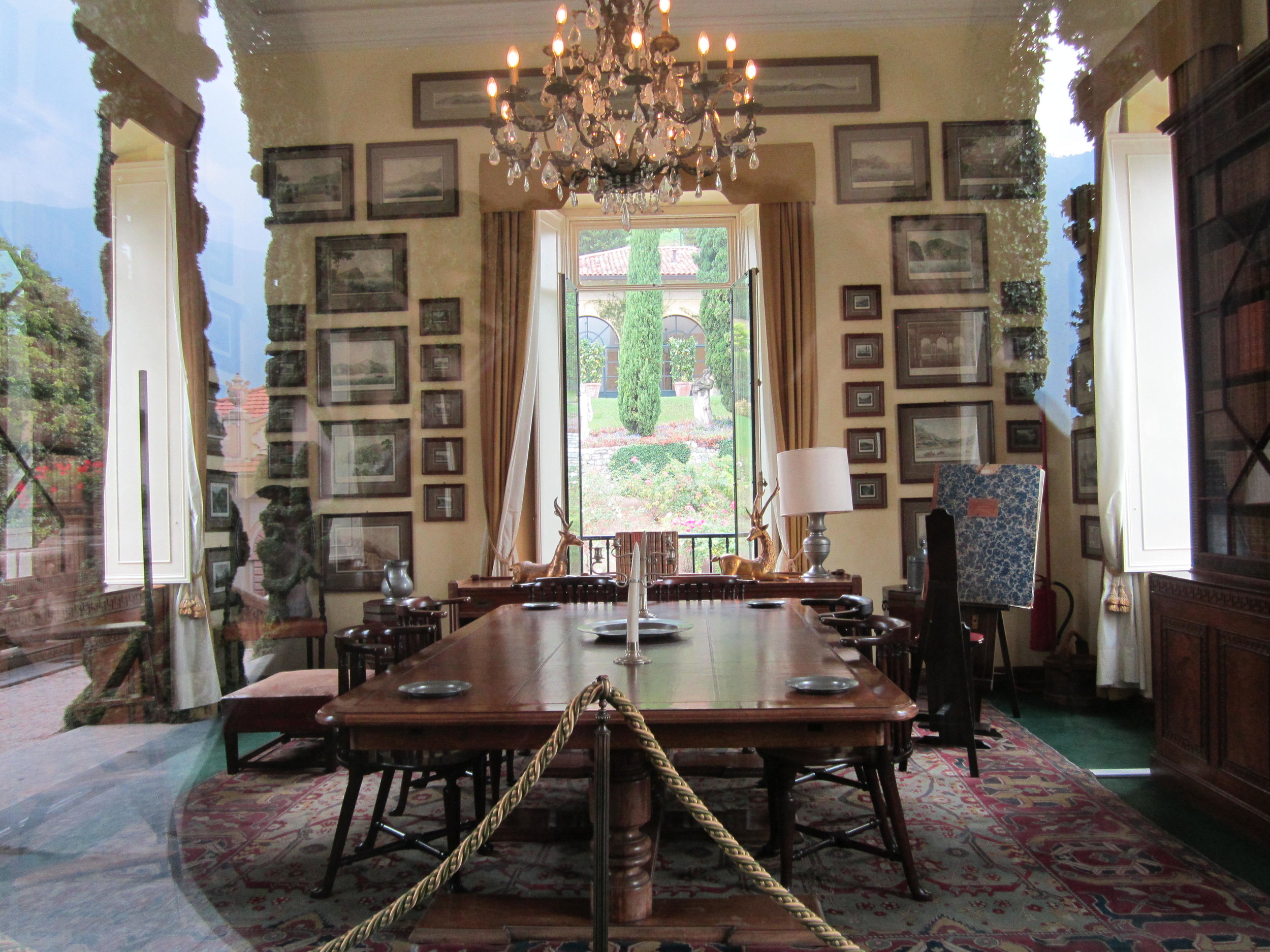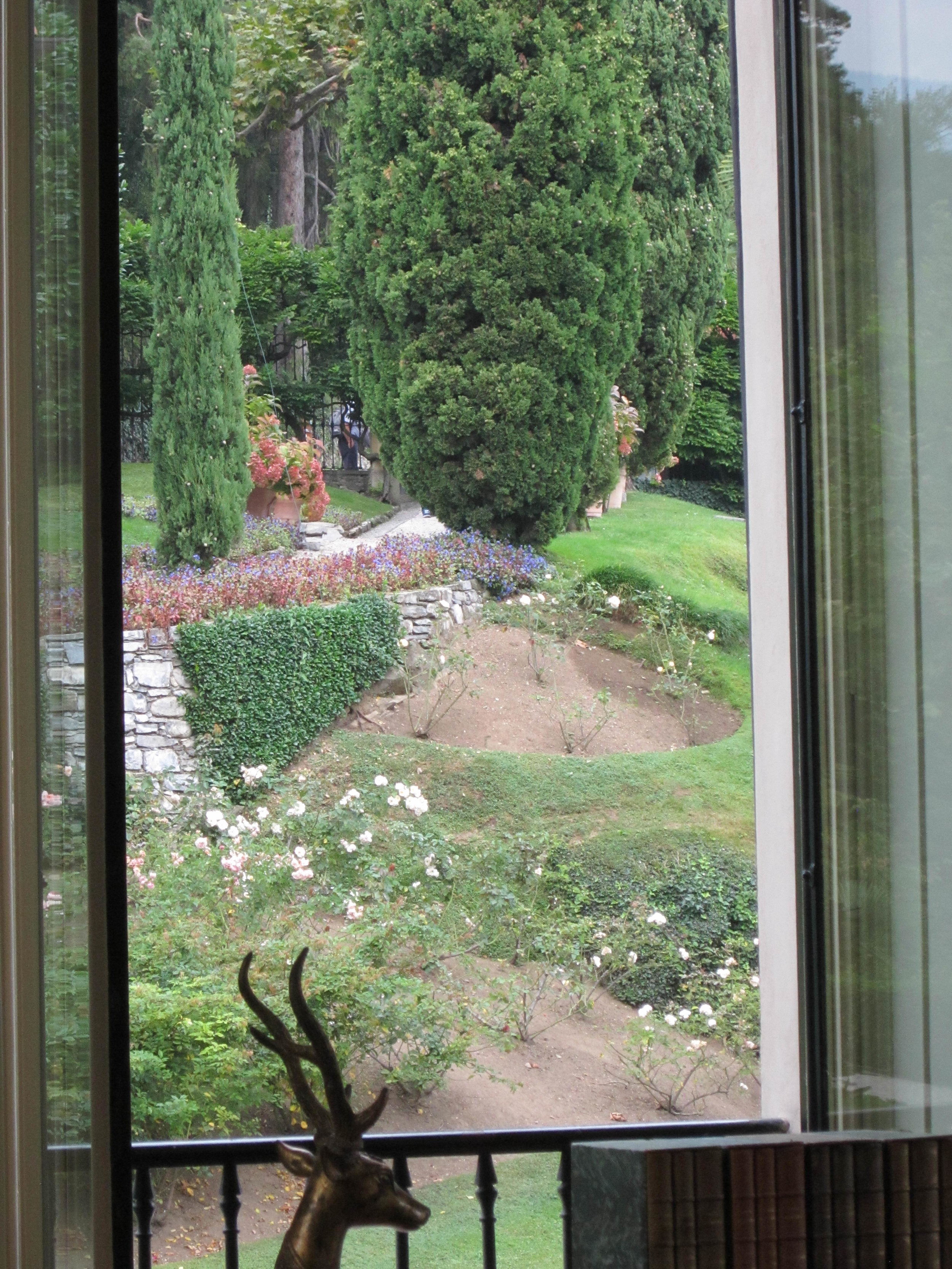An Ordinary, Extraordinary Day
"What do you do for six weeks all by yourself in Italy? Don't you get bored? Lonely?" I have to laugh when I hear these questions, because nothing could be further from the truth. It might help to describe a "typical" day here in Lucca.
On a recent morning I had breakfast at my apartment and then headed off to my morning class at Lucca Italian School (LIS), which starts at 9:15. The next four hours were spent studying Italian with my small class of five students (one New Zealander, one Australian, one Brazilian, one from the US Virgin Islands, and me).
A class in session at Lucca Italian School with my wonderful instructor Silvia.
Though we are different ages, nationalities, and have somewhat varied linguistic skills, we all feel that the lessons are "fatto su misura" (tailor made) for us. That this is true is because our instructor, Silvia, is perceptive, flexible, and very, very talented. We have quickly coalesced into a friendly and supportive group and today, over "pausa" (break) we made plans to go out to lunch together one day next week.
After a break of a couple of hours for lunch, I returned to school for an afternoon olive oil class with Antonella, who is both a language instructor and a Maestrod'olio.
The table is set for olive oil tasting.
We learned about the history of olive cultivation and oil production in Italy, especially in Tuscany and the area around Lucca (Tuscany is the No. 2 olive oil producing region in Italy, second only to Puglia). We talked about methods of olive oil production (both traditional and modern), the characteristics of a superior oil, as well as how to taste oils and evaluate color, scent, flavor, and uncover possible defects.
We did a comparison tasting of three oils (with apple slices to cleanse the palate between tastings) and then sampled all three in a typical Tuscan dish, accompanied by local wines, of course. The class was informative, fun, social, and we got to practice our Italian!
Although I usually eat dinners at home during the week, which gives me a chance to shop the local markets and experiment with preparing simple meals full of local flavor, this night I enjoyed dinner at a nearby restaurant - Osteria da Pasqualino Gubitosa (commonly known as da Pasquiale).
Osteria da Pasquale
Shrimp appetizer
I'd heard wonderful things about the restaurant but this was my first time eating there, joining another student from LIS. It wasn't a typical Lucchese menu; the chef and the owner are both from southern Italy. It was fun to try something new, the pesce (fish) appetizer and risotto were exquisite, and the company was great.
Three-bite dark chocolate dessert at da Pasquale
Walking home, the sound of a jazz band playing at an outdoor cafe followed me as I wandered through quiet streets. A perfect end to an ordinary, extraordinary day here in Lucca.
Lonely? Bored? Not a chance!
-post by JMB
contacts:
dapasquale-lucca.com







































